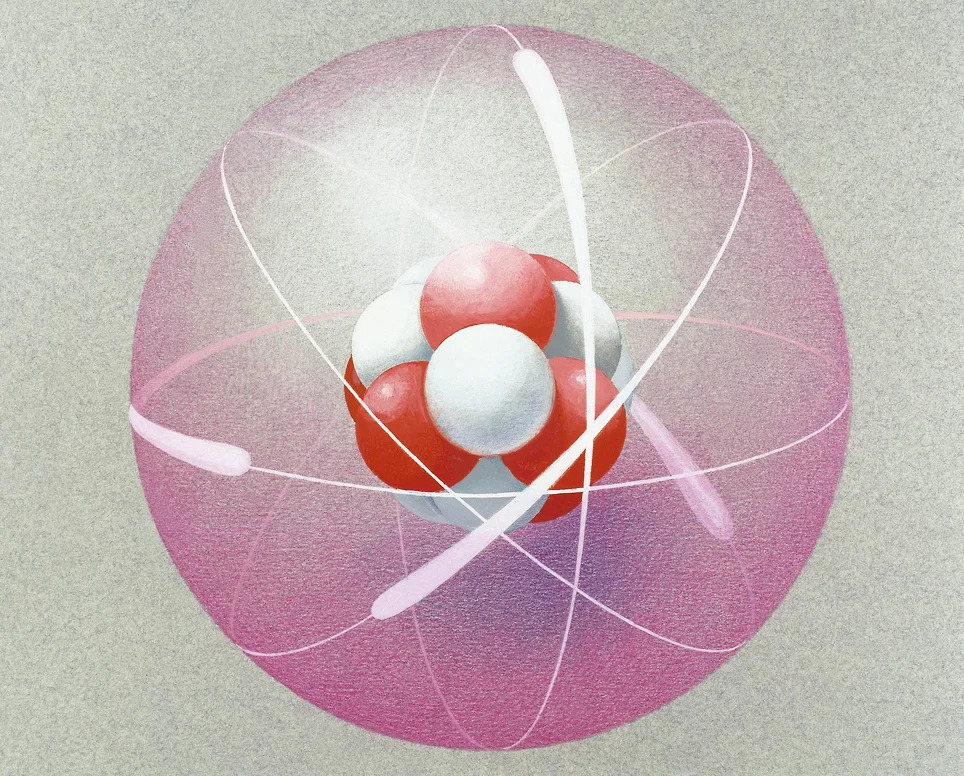
Nucleons are particles that make up the atomic nucleus (protons and neutrons). Forces between nucleons hold them in close proximity to each other, thus forming the atomic nucleus itself. According to scientists, despite almost a century-long history of nuclear physics, a consistent theory describing the interaction between nucleons in different spatial domains has not been developed yet.
We seek to understand how nucleons interact where classical models of nuclear interaction do not work. Nucleons themselves are not truly elementary particles. They are made up of quarks. It is the strong interaction between quarks that triggers nuclear interaction between nucleons. It would be possible to explain this phenomenon by solving quantum chromodynamics equations. However, this could be a highly challenging task in terms of mathematics. Therefore, the existing models describing interaction between nucleons are based on the parameters adjusted to experimental results. Such an approach is far from profound, and its predictability is usually extremely limited,
In the study, the research team aimed to analyze how the present-day knowledge of interactions between nucleons at short distances is consistent with the reality. For this purpose, they used experimental data obtained with the use of DEUTRON unit by colliding high-energy electrons with the nuclei of heavy hydrogen, otherwise called deuterium, and analyzed the angular and energy distributions of the resulting particles. The experiment took more than six months. For this time, including online data processing, more than 100 million interactions have been accumulated.
"Such measurements are technically challenging, but the unique information they give is worth it. Now we are processing the data and comparing it with theoretical results, but it would still be premature to draw any conclusions. However, some of the results are already surprising. For example, it was found that in the area where nucleons interact at close distances, the difference between theoretical predictions and experimental data reaches 250 %. This may indicate some serious gap in our understanding of the mechanisms of nucleon interactions in this area. The results of the ongoing experiments may become another source of knowledge about the material world," adds Alexander Fiks.
In the future, the researchers plan to adjust the parameters of the experiment and conduct a comparative analysis of the data obtained and theoretical results, including those obtained by other research teams.